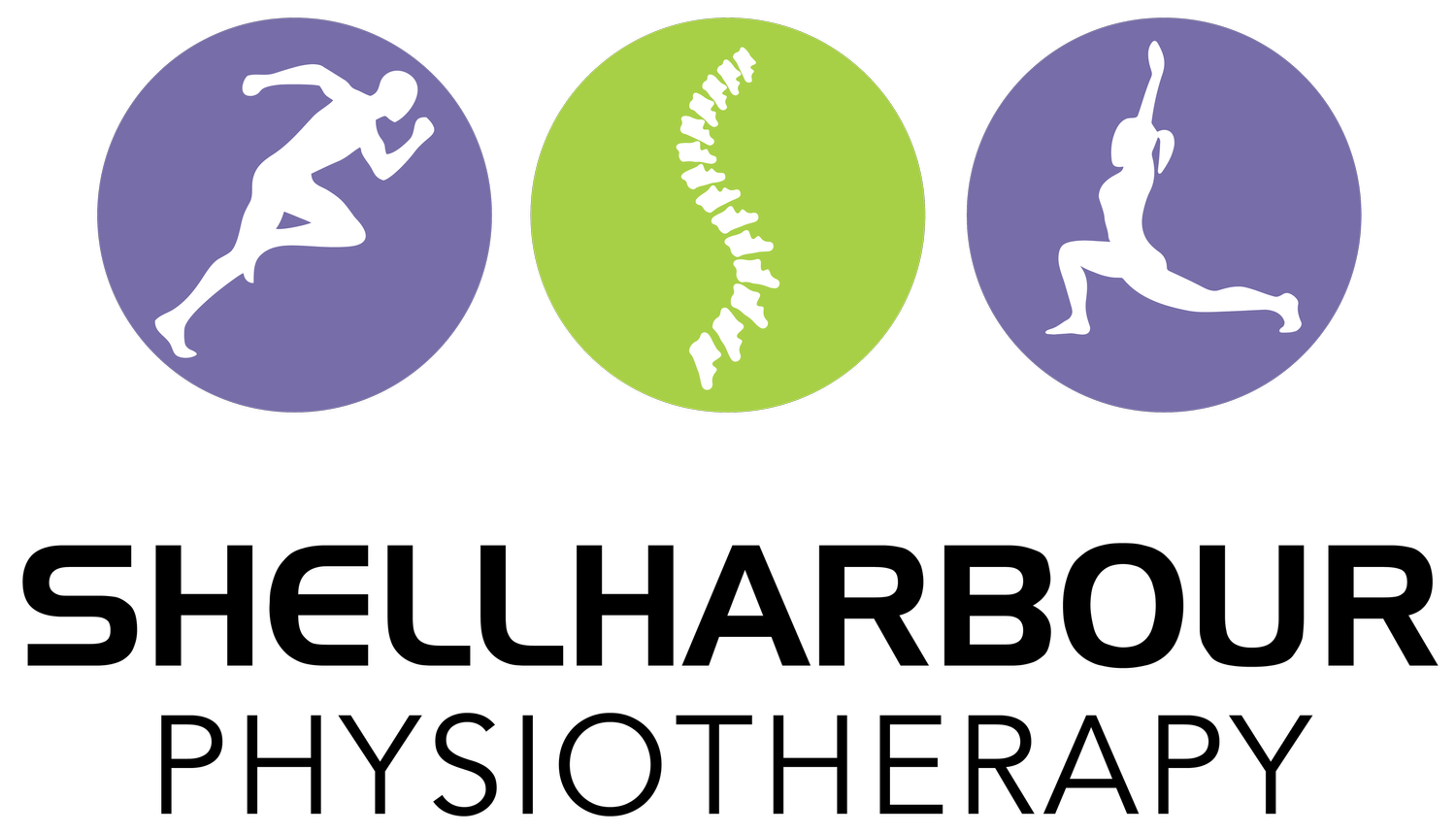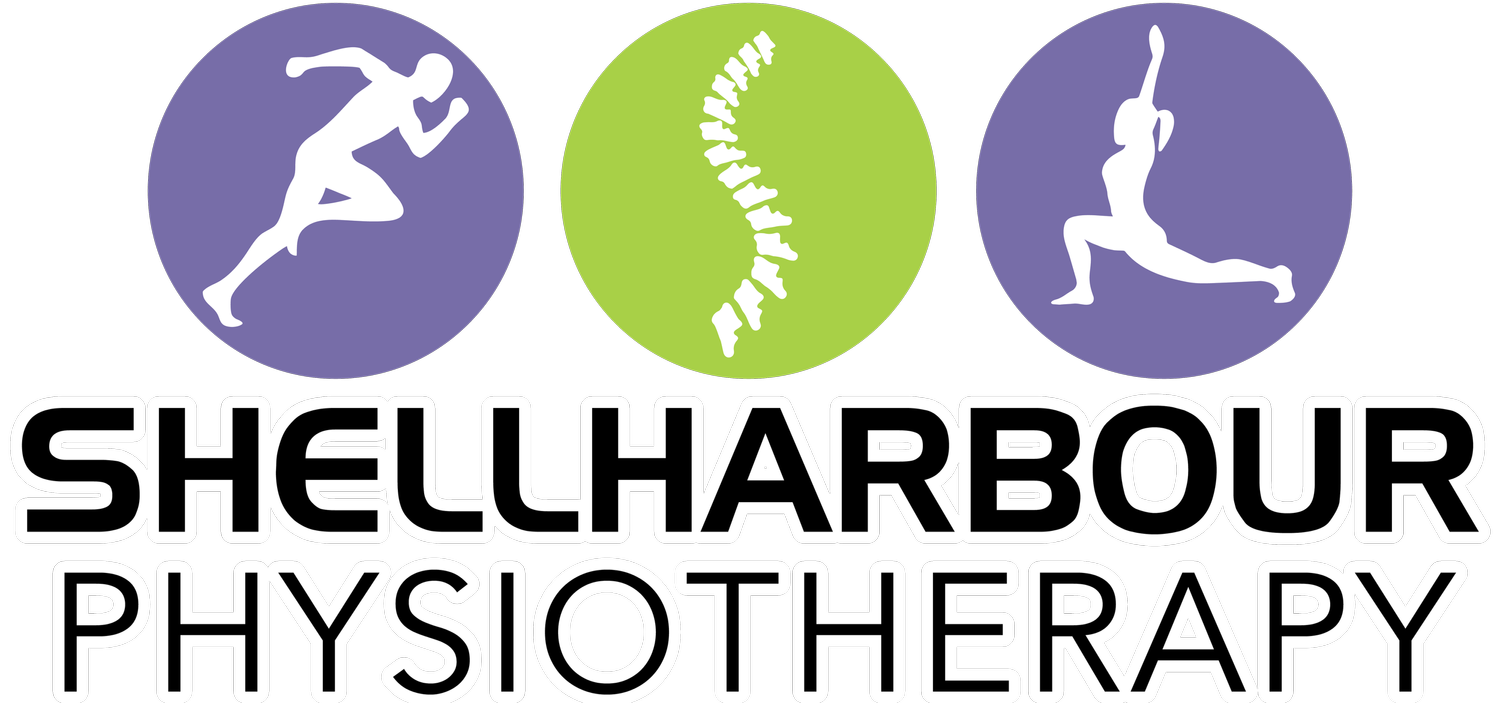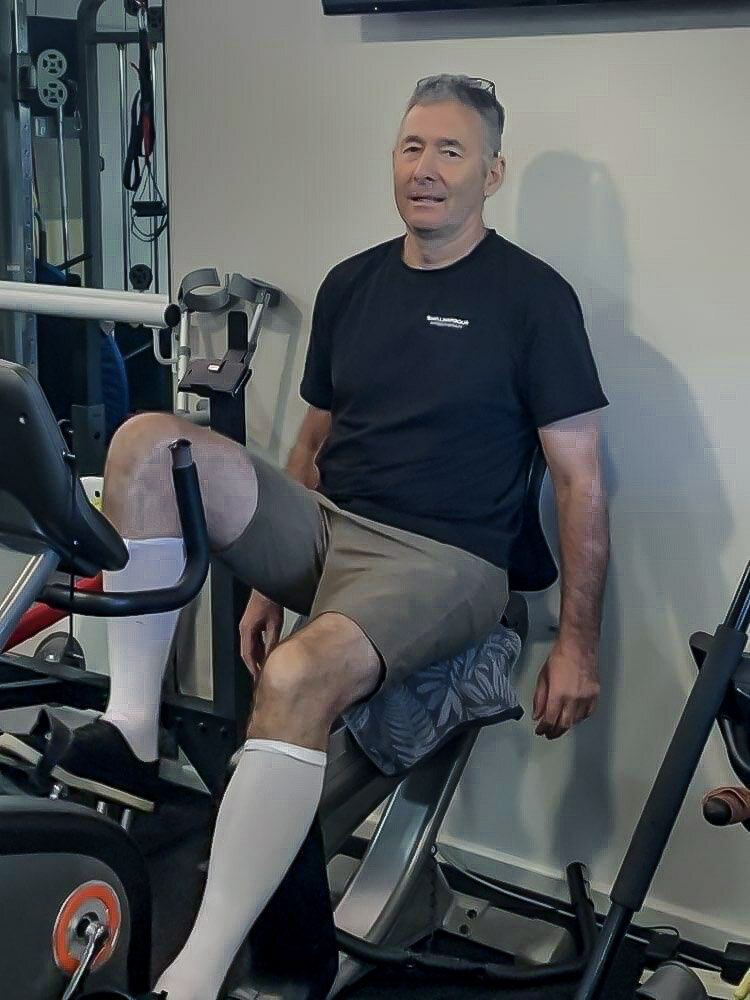STUDY SORES – WHY POSTURE IS IMPORTANT WHEN WE STUDY
As kids we were always getting harassed by our parents to sit straight, don’t slouch and looking straight ahead instead of up. As a Gen Z myself, I think this has only gotten worse, and is certainly my parents’ favourite thing to pick on.
Having gone back to university this year has reintroduced the importance of good study habits both for learning and for my ability to get out of bed in the morning with no pain. It is easy to forget that as a student, the work you are doing is extremely important but so is looking after your body while doing so (you will hand in your essay, but you won’t get to trade in a new back so easily).
Breaking the Posture Myth
Once upon a time in history, chronic neck pain, back pain, obesity, and arthritis were all put down to people spending too many years sitting with shoulders hunched, looking at keyboards, numbers on papers and more recently down at phones and tablets. The good news is this isn’t all true. Although there is a link between morbidities, pain, and posture, it isn’t as much of a hard and fast rule as we once thought. What has much stronger evidence for these morbidities is a sedentary lifestyle which inherently includes sustained posture. In other words, bad posture is and will always be overcome with movement.
This is all well and good to say on paper, but when push comes to shove and your stress is on another level from exam times, its unlikely you’re going to be motivated to spend less time in front of your crammed notes and more time outside getting in your 10,000 steps. Luckily, there are much less time-consuming ways to reduce the load of posture and the subsequent back pain and headaches while still improving your studious outcomes.
Tips to Ease Back Pain After Studying
1 . Short breaks = Success
Whether you’re a tea lover, coffee addict or H2O convert, there is something to be said for always having a beverage available. Firstly, liquid keeps you hydrated (minus caffeine of course) which will make you stand to use the loo throughout the day. The excuse to make a cuppa is also a great one as it gets you away from your desk and standing for 5 minutes while you watch the water boil. Both increase your baseline movement and reduce your poor posture.
2 . Make like a cat and stretch it out
Like our feline friends, every so often standing to just touch our toes, move side to side and roll out on the ground (preferably with a foam roller↗) will have great benefit for your back, head and mental health! You can even switch your watch to Yoga mode and collect a few activity minutes (because every bit helps).
Try these stretches as a starting point and then build from there:
3 . Position Changes
It may seem silly but lying on our tummies to prop up through our arms is a great way to spend 20 minutes studying. It reverses the position our backs are in while we study and turns on the muscles that are prone to get tight, which can be better for them than just stretching and is a great alternate study position when it’s too stressful to be away from the screen.
Standing at the kitchen bench is another solid option, even just for a short time. Being on our feet changes how our backs support us and makes it very hard to roll shoulders forward, relieving a bit of pressure as well as helping get our blood pumping a little bit. You could even one up this by taking the tablet on the treadmill to step it out.
SUMMARY
If worse comes to worse though and the pain wins out, Physiotherapy↗ is a great option to get everything moving again, along with introducing some more specific exercises tailored to you and your experiences.





























